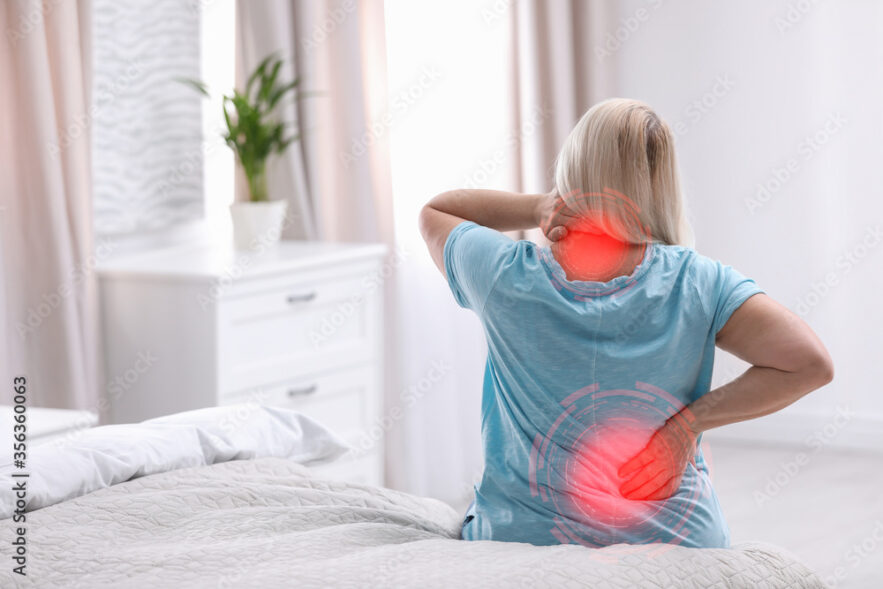Quick Hits: The vast majority of people who use medical marijuana do so to treat chronic pain. Researchers examined data on patients who were legally registered in their state to access medical marijuana. Their analysis found that 62.2% of those medical marijuana license holders reported using cannabis to ease chronic pain. And 85%% of them said they were using marijuana for an evidence-based condition. The number of medical marijuana licensees soared from 641,176 in 2016 to 813,917 in 2017, though this number is likely a lot higher as it is based on data from only 20 states. At the present time, 33 states have legalized marijuana for recreational purposes and 10 have legalized cannabis for recreational use. Posted February 4, 2019. Via Health Affairs.
Quick Hits: Many literature reviews of studies involving drugs and other healthcare interventions, such as surgery, do not fully report the side effects associated with them. An analysis of adverse events in 187 systematic reviews found that in 35% of them, the reviewers didn’t appropriately report the side effects associated with the medical intervention being examined. Part of the problem, the researchers found, is that in about 60% of the reviews, adverse events weren’t even a factor to be examined. As to why review authors might not fully report adverse events, the researchers of the new study say it could be because of how the original studies defined or recorded adverse events or because the review authors didn’t have enough space to include those details in their review. Posted February 6, 2019. Via Journal of Clinical Epidemiology.
Quick Hits: Prescription pain creams aren’t better for treating chronic pain compared to a placebo. Researchers enrolled about 400 people with either neuropathic pain (e.g., fibromyalgia, pain after shingles, carpal tunnel syndrome), nociceptive pain (arthritis, sprains, fractures, burns) or a combination of the two. Patients were then divided to receive treatment with either a cream compounded to contain ingredients such as gabapentin, diclofenac, baclofen, cyclobenzaprine and lidocaine or a placebo. There was no significant difference in reduction in average pain score between those who used a cream and those who received the placebo. After one month, 36% in the treatment group and 28% in the control group reported a positive outcome. Posted February 5, 2019. Via Annals of Internal Medicine.






